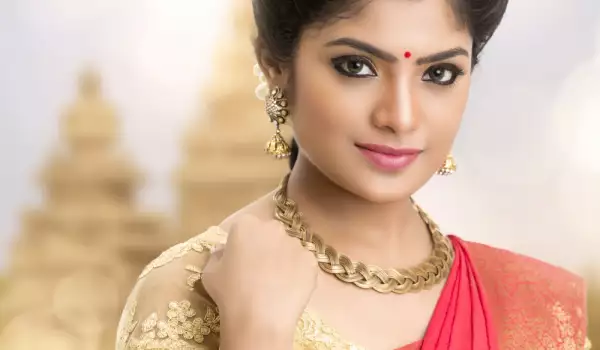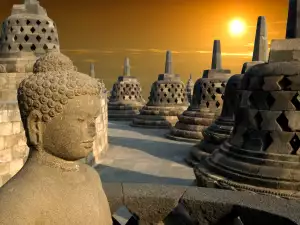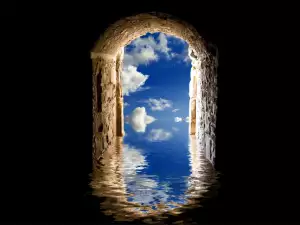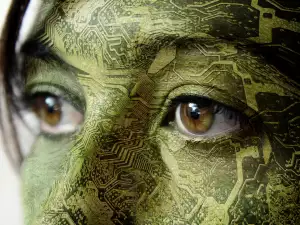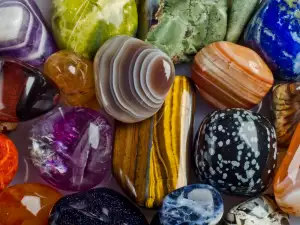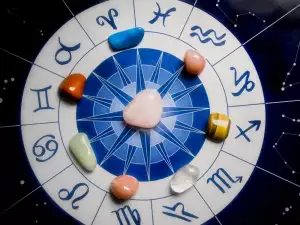When one thinks and talks about India, it is hard not to talk about caste. In both academic and colloquial language, caste has become a symbol of India, fundamentally distinguishing it from other cultures and expressing its individual essence.
Caste is as much a fundamental expression of Indian tradition as it is a product of the particular encounter between India and the British system of colonial rule. Under British rule, caste was the term capable of naming and subsuming the various forms of social identity and organization in India.
Origin and essence of castes
Caste in the sense of descent was originally understood as pure breed. The word is of Portuguese origin and is used to refer to different communities.
This general name for social groups in Indian society is characterized by endogamy (the rule of marrying only within a certain ethnicity or class).
Originally, the term caste was applied to the class-racial groups in the Latin American colonies. Later, by analogy, it spread to a similar phenomenon in India and since then it has been used mainly in reference to the Indian varna and jati.
Latin American castes were based mainly on visual differences, while Indian castes were strictly demarcated and mixing was restricted.
It is known from the earliest works of Sanskrit literature that the people who spoke Aryan dialects at the time of the initial settlement of India, around 1500 to 1200 BC, were already divided into 4 main classes, later called varna, from the Sanskrit word meaning color.
Characteristics of Major Castes in India
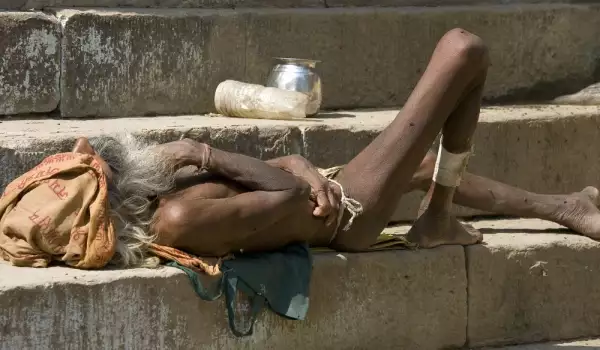
The main castes in India are 4. Hindus believe in reincarnation and believe that one who follows the rules of his caste will in their next life rise by birth to a higher caste and one who violates these rules will lose their social status.
Neither the Muslim invasion that led to the establishment of the Mughal state, nor British colonial rule, managed to influence this division in society. Each caste is assigned a strictly defined function in society.
The four main castes are subdivided into numerous subcastes-jati, totaling about 33 groups. The entire caste system, called varna, is believed to have been created by the god Brahma, who also created the world.
Traditions, rites, clothing, ornaments and belongings indicate caste membership among Hindus.
Brahmins
The highest caste is called Brahmins. Their original name of purohita and by it they name the class of priests. Authors of the prayers and hymns collected in the Vedas are the work of this caste.
The old religious tests were passed down from father to son and were reserved only for Brahmins. People considered them to be the link between the gods and the people. This class jealously guarded its inviolability and remained highly restricted and closed. Every brahmin chose a wife only from his caste. Their sons also became priests and performed prayers, sacrifices. Every brahmin was born in a family of brahmins.
The main value for them is spiritual and physical purity, which they carefully took care of. They also performed other rites - they did not consume anything that was alive, including plant products.
Dirty work is out of the question for any Brahmin, it is for the lower castes. They cannot eat food prepared by other castes, they accept gifts, but they themselves do not give gifts to other castes.
An interesting point in the life of Brahmins is their clothing. It is white because it symbolizes the spiritual and bodily purity of the Brahmin. On his head he must wear a special ritual mark called a tilak. It also shows the religious stream to which the Brahmin belongs.
Kshatriyas
Kshatriyas is translated from Sanskrit as powerful, noble. People of this caste are warriors. The rajas were elected from this class, but also military leaders, judges and other administrative posts. This caste is subordinate to the Brahmins, but only spiritually. Their main god is Indra.
It is the caste that maintains peace and law and protects the weak. Only they were allowed to kill those who did not obey caste laws. They had the right to choose their husbands by abduction of a maiden or by free choice.
Only a Hindu of noble birth, generous, brave, strong, hardy could belong to this caste.
Vaishi
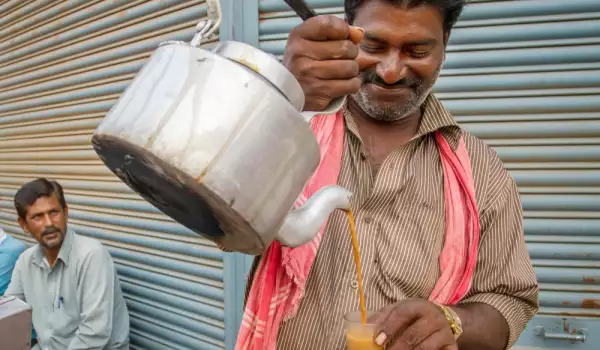
The Vaishi are the third most important caste, made up of agriculturists and traders. The Vaishi recognized the supremacy of the Brahmins, but did not treat the Kshatriyas in the same way. The god they worship is Vishnu.
Because they were laboring, they didn't have the opportunity to learn and they weren't like that and educated like the Brahmins, nor so well dressed as the other higher castes.
Shudra
In Indian culture, people eat on the ground. They put utensils but don't use them because they think that food is really delicious if eaten with hands. They wash their hands well, especially their fingers and nails and eat only with their right hand. The left one is considered unclean and therefore food should not be touched with it. The rice is scooped up with a piece of naan or roti - the Indian types of bread.
Food hygiene is a must for them and they follow different rules about how much food they should eat. For some dishes they use a spoon, but this is strictly defined.
The two highest castes are supposed to be vegetarians, strictly following the norm, while the Kshatriyas are allowed to eat goat meat, as the goat is not considered impure. They can also drink alcohol. Shudras, in addition to what is allowed to Kshatriyas, may eat chicken. Only the untouchables can eat anything.
Untouchables
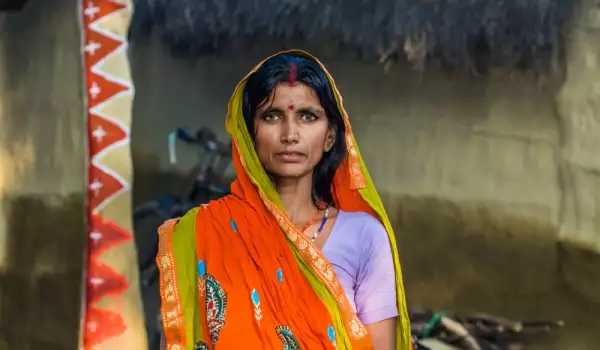
This group of people does not actually belong to the caste system in India. It is the lowest stratum in Indian society. They were named so because no one wanted or had to touch them. If this happened, this superior person had to purify himself with various rites.
The untouchables had no rights or property. They did the menial work and were not even allowed to walk down a street where Brahmins lived. They had no income, no possessions and they didn't even try to change their fate. They were deeply convinced that they deserved their fate.
Castes in Modern Indian Society
Although caste division has existed for 2 thousand years, society in India is slowly shaking off this ancient division of people. The process is slow and in smaller settlements that still live according to the old rules and traditions, castes are still relevant today. This caste hierarchy is mainly preserved in ritual and private life.
Foreigners are treated in an interesting way by caste society. Europeans are treated as upper castes in communication, but when it comes to ritual actions they are treated as untouchables.
Today, the upper caste Brahmins practice all kinds of professions, but to some extent they also now perform some spiritual duties.
The inherently cruel rule that different castes cannot intermarry is still in effect today. Therefore, caste-based crimes are also common. Discrimination from higher castes to lower castes is deeply rooted and difficult to eradicate.
